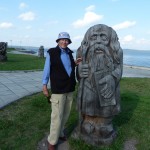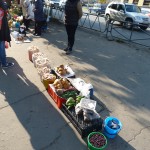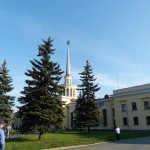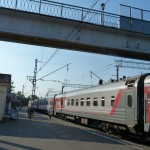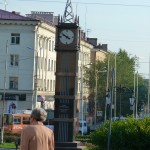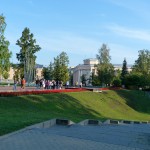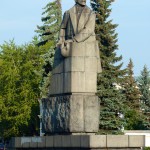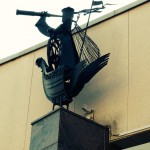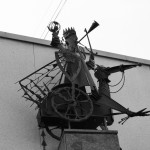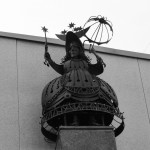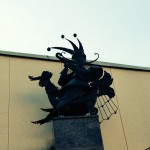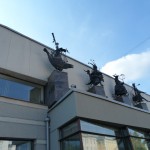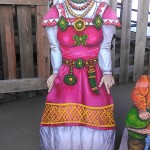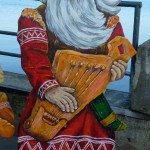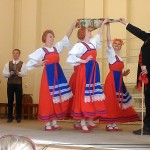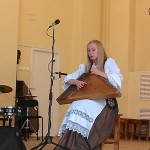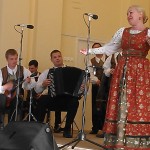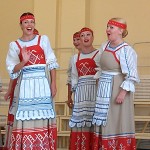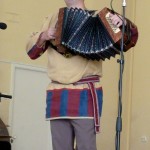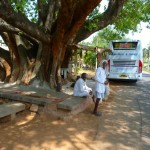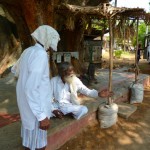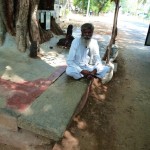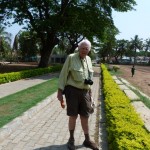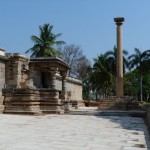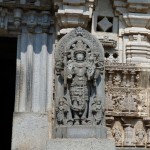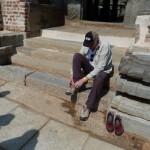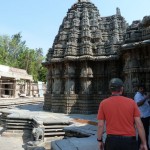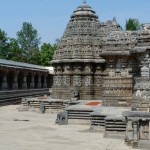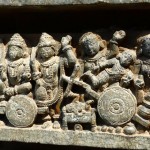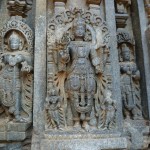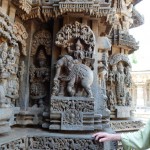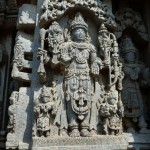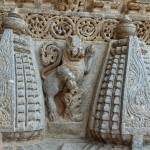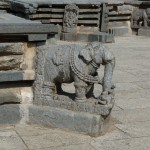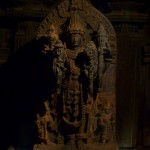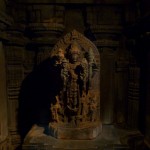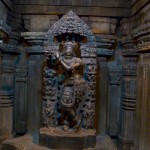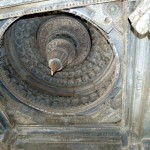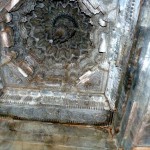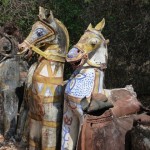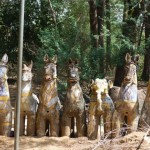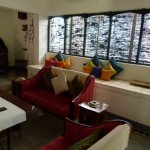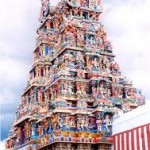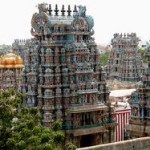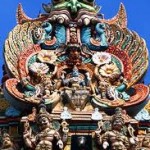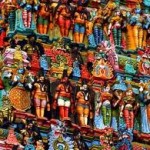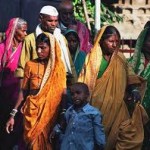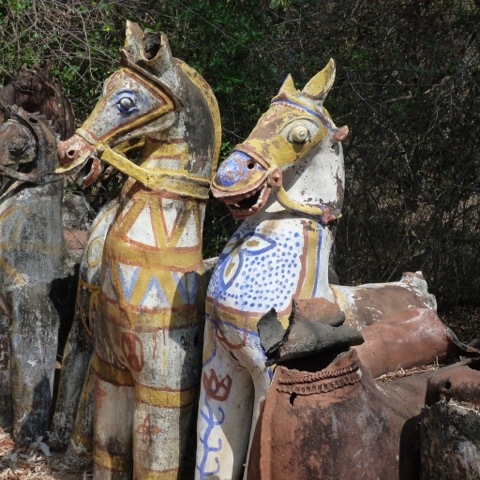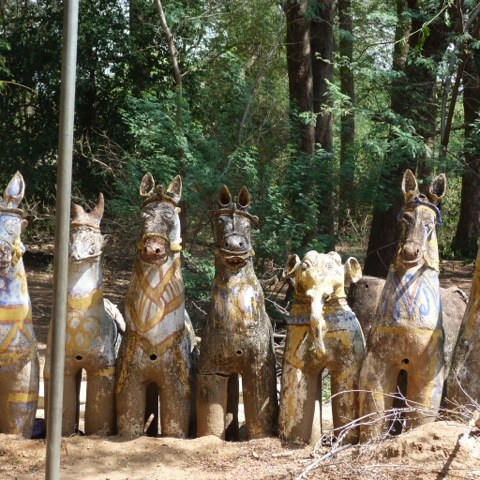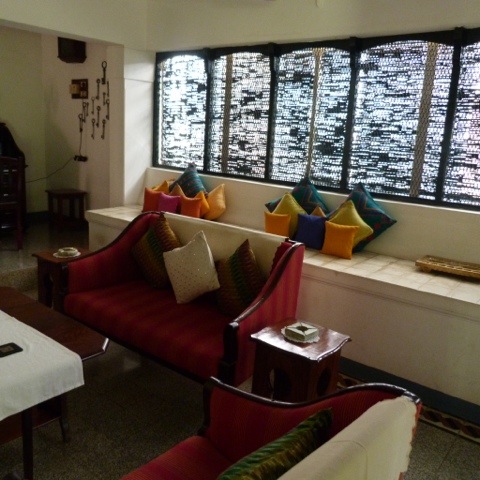Perched upon the ancient clay where the Cooum and Adyar rivers snake through their last miles toward the Bay of Bengal, Chennai (formerly Madras) is one of India’s largest cities. Chennai is also the center of Tamil film industry; A.R. Rahman, composer of the Oscar-winning Slumdog Millionaire, calls this city home.
-
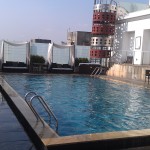
-
Early Morning Start on The Roof
-
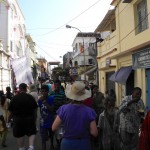
-
Morning Walkabout
-
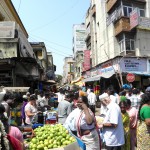
-
Morning Streets–Already Bustling
-
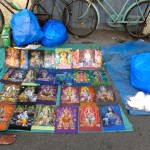
-
Hallmark Chennai Style–When you care enough…
-
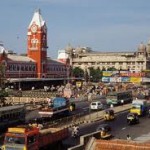
-
Chennai’s Main Train Station
-
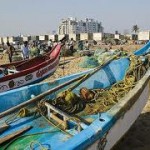
-
Coastal View of Chennai
-
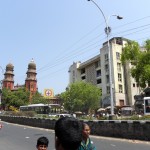
-
Old and New–At Every Turn
-
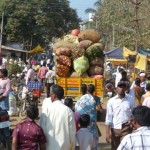
-
Produce Coming to Town Market
-
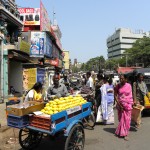
-
Early Shoppers
-
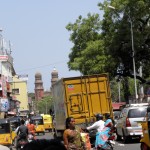
-
Traffic Is Already Congested
-
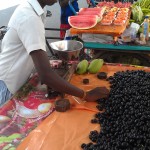
-
Abundance
-
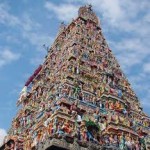
-
Chennai Hindu Temple
-
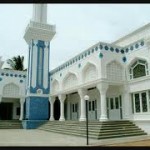
-
Chennai Mosque
-
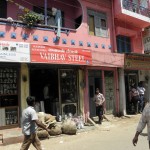
-
Step Right this Way!
-
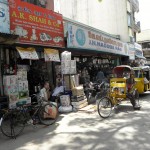
-
Need Cookware?
-
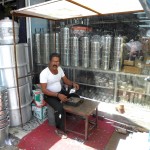
-
Made to Order
-
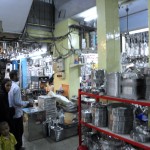
-
Any Size–Any Use…It is Here
-
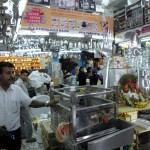
-
What? No Green Light Specials
-

-
Before Riding…A Blessing
-
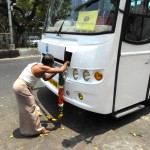
-
Always Flowers
-
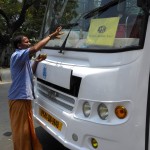
-
Blessing Our Van
-
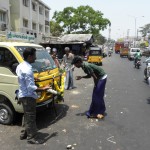
-
Daily Blessing Being Purchased
-
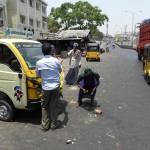
-
All Important Rituals Available for a Price
-
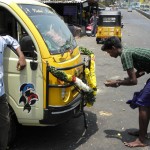
-
Blessings that Keep Us All Safe
-
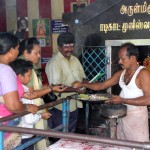
-
Customers Purchasing Blessings
-
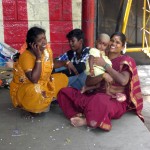
-
Other Kinds of Blessings Also Available
-
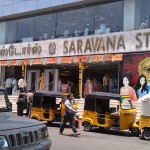
-
Chennai Sari Central
-
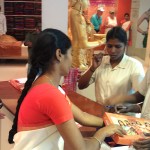
-
Saris to Go
-
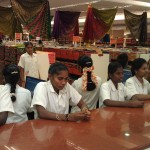
-
Step Right Up…Saris-r-Us
-
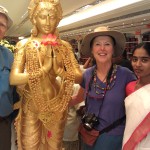
-
Banker, Goddess, Tourist and Salesgirl
-
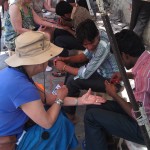
-
Preparing the Henna
-
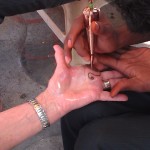
-
Start at the Fingers
-
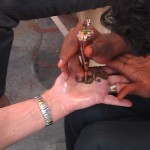
-
The Pattern Emerging
-
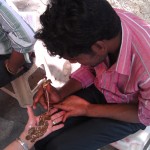
-
Very Fast and Confident
-
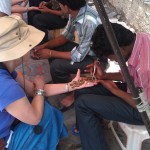
-
Amazing Patience
-
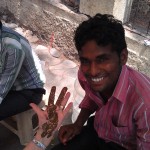
-
Proud Artist
Modern Chennai had its origins as a colonial city and its initial growth was closely tied to its importance as an artificial harbor and trading centre. When the Portuguese arrived in 1522, they built a port and named it São Tomé, after the Christian apostle St. Thomas, who is believed to have preached there between the years 52 and 70. The region then passed to the Dutch, who established themselves near Plicat just north of the city in 1612.
The present day city of Chennai started as an English settlement on a piece of waste land to be known as Fort St. George. It grew into a fortified settlement of British merchants, factory workers, and other colonial settlers. Expanding upon this settlement, the English colony grew to include a number of other European communities, new British settlements, and various native villages, one of which was named Madraspatnam. All were combined into the city Madras. However, it is widely recorded that while the official centre of the present location was designated Fort St. George, the British applied the name Madras to include areas which had grown up around the Fort including the “White Town” consisting principally of British settlers, and “Black Town” consisting of principally Catholic Europeans and allied Indian minorities.
We arrived in Chennai on the first night of a marathon worldwide cricket event (56 days). Celebrity and VIP opening night plus widespread highway construction combined for a monumental traffic jam. We are off to explore Chennai for an all day experience tomorrow.
Today was intense and totally engaging! Soon after breakfast we were out walking Chennai’s distinct districts. Neighborhood boundaries still seem defined by early colonial influence. One of our first stops was to have our left palm intricately hennaed by a young man recently come from Delhi seeking entrepreneurial opportunity here. What fun and amazingly intricate design. Lots more photo ops of historical sights right next to enormous slums next to exclusive neighborhoods. The shifts are startling and abrupt.
We next visited an enormous sari store that carried everything from inexpensive acrylic work and uniform saris for employment in hotels or businesses to exquisite intricately embroidered silk for weddings or other festive occasions plus every thing in between. The rich and varied color combinations were truly “eye candy” and help explain how the cities’ vast throngs of women at EVERY walk of life could all be so colorfully arrayed.
The afternoon was consumed by participating in the festival. Check out my separate festival blog on this adventure.
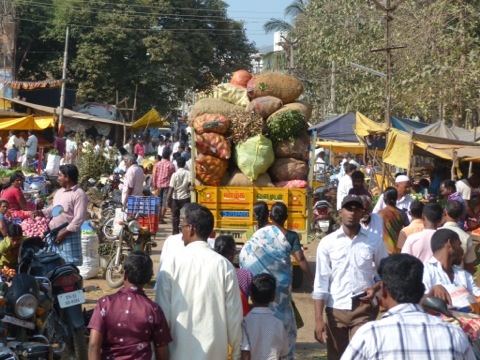




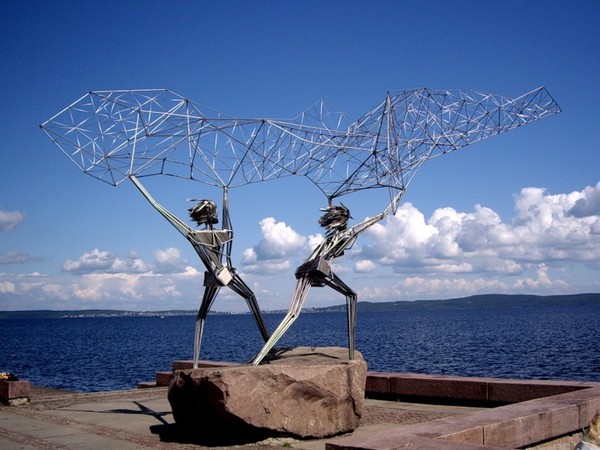 Petrozavodsk is the capital of the Republic of Karelia extending along the western edge of Lake Onega. It is one of Russia’s thriving cities with many green parks and inviting squares flanking its broad, tree-lined avenues. With a university, the city has a large energetic student population and its proximity to Finland lends a markedly European atmosphere.
Petrozavodsk is the capital of the Republic of Karelia extending along the western edge of Lake Onega. It is one of Russia’s thriving cities with many green parks and inviting squares flanking its broad, tree-lined avenues. With a university, the city has a large energetic student population and its proximity to Finland lends a markedly European atmosphere.
